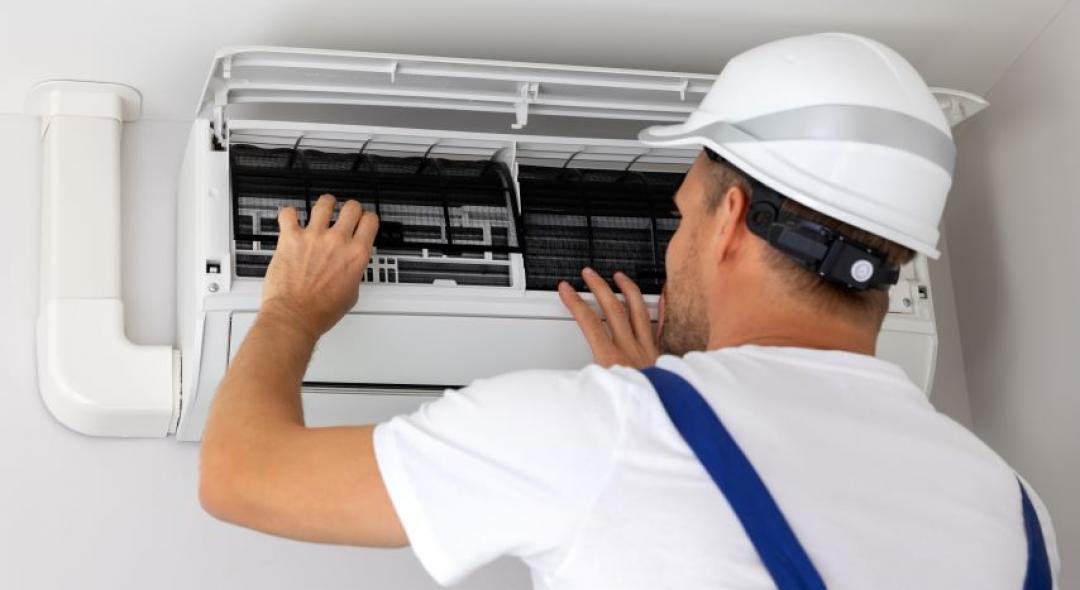If you’re of an older generation and wish to live a comfortable, healthy life, the best way to do that is to add a few changes that will benefit your home in a big way. When converting a home into assisted living spaces, there are a few pointers to keep in mind. To make the best living choices possible, go over what you need for long term planning and housing. Make sure your family is involved with the planning process.
“Sure I'm for helping the elderly. I'm going to be old myself someday.” - Lillian Gordy Carter
Creating a Cozy Home

Before we get into home improvement areas, the first thing to do is allow yourself some room to live comfortably. This means that if you’re planning a long-term housing commitment, you can take certain precautions to ensure that your quality of life doesn’t wane. Create a elderly friendly house by doing the following around the home you intend to retire into.
- Be sure to include lots of photos that make you feel joy
- Keep lots of fresh clothes ready
- Remove anything that can be tripped over
- Be sure your carpeting is wall-to-wall
- Create walkways around the home
- Set up an alarm system
- Remove any unnecessary noise makers
- Eliminate “sundowning” by purchasing thick curtains
- Declutter your home for easy access
Most Importantly: Steps and Stairs

The best and usually the most important addition for a home is some sort of modification to allow easier passage up and down the stairs. Step into a brave new world by eliminating or at the very least, minimizing the amount of steps you’ll have to traverse around the house. This can be done is a variety of ways. So when considering house plans for elderly, it’s best to take the steps out of doorways, thresholds, and at the very least, make the stairs a little bit easier. After all, this is your home, so consider the following:
- No-step entries
- Ramps
- Garage lift
- Chair lift
- Flat thresholds
- Bars around the toilet
- Walk-in tubs
- Low-height beds
- User-friendly kitchen
Remodeling Your Dream Bathroom

Essentially when you’re remodeling a bathroom for the planned years to come, you want to focus on “smooth,” but not “slippery.” An eventual senior citizen should be able to access all areas of the bathroom without slipping and falling.
The best bet for most seniors is to have a walk in shower installed.
This will allow you to bathe yourself without the problematic edges and obstacles. When handles are added to the shower, it makes it much easier to move around without aid. Otherwise mats are important to help with traction.
Door Handles for the Arthritic

Something that very few people under the age of sixty-five would even consider, the simple act of turning knobs can be uncomfortable to downright painful for people who have developed arthritis or joint problems. When designing a room for the elderly, be sure to include lever-style hardware to make it easier on aching hands. Additionally, lever faucets and illuminated rocker switches are also a good idea for anyone whose hands might be bothering them.
Overall Design
Basically the fundamental architectural design for elderly homes revolves around keeping everything easily accessible and easily manipulated. This means that every light, drawer, appliance, and countertop should require next to no physical effort to use. The key here is applying “minimal force” to everything, yet another thing younger people wouldn’t think about. So ask yourself if you would prefer the following features in your older years:
- Wider doorways
- Gentle slopes or ramps
- Full mirrors
- Pull-out work boards
- D-shaped drawers
- Smart showers
- Keyless locks
- Handrails for every step
- Spring loaded garbage disposal
- Raised, front-loading washers
- A variety of kitchen countertop heights
Preparing for Hearing Loss

The real danger of losing your hearing is being unable to hear the fire or carbon monoxide detectors in your home. So the two solutions seem to be:
- Either use a sort of “strobe light” warning system
- Or use extra loud alarms
So invest in either some sort of light system, or some extra loud alarms. Same goes for doorbells as well. House plans for the elderly can include an intercom that doubles as a doorbell for the especially hard of hearing.
Want to keep safe and healthy in and around your home? Are you in need of home additions like the ones listed above? The first step is getting in touch with a pro for a free estimate.
Don’t forget to follow us on Facebook for more helpful tips and ideas!
Continue Reading:
